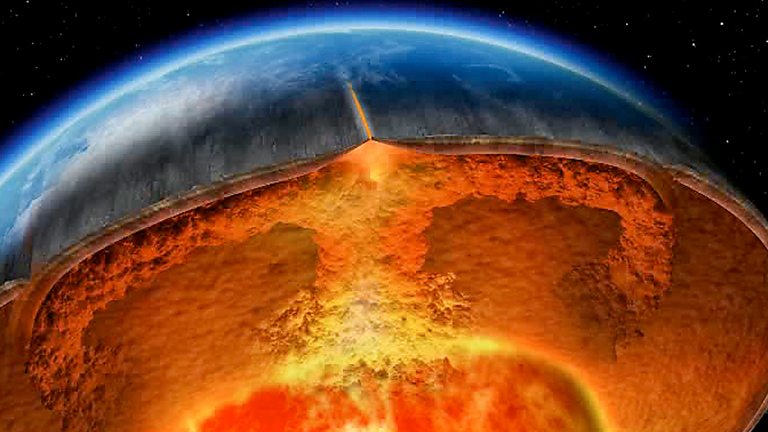Earth: The Power of the Planet episode 2 – Atmosphere: Dr Iain Stewart reveals the crucial natural forces that have shaped the earth’s development. A flight in a jet plane, a trip to the Andes and a trip to Shark Bay in Australia are expensive but necessary to discuss atmosphere.
You can’t see it, you can’t taste it, you can’t smell it and you can’t touch it, yet without it almost all life on Earth would die instantly. The atmosphere is Earth’s protective layer, warding off damaging cosmic rays and providing the life-giving oxygen which people depend on for life. Air is a fluid which shapes our world, from eroding rocks to building sand dunes. It also controls the world’s weather and climate: Iain takes a trip to Argentina to one of the stormiest places on Earth, to watch a storm build up through the day.
The Earth’s atmosphere is completely different to any other planets, and according to the normal laws of chemistry it shouldn’t exist. What is extraordinary about our atmosphere is the way that it was created by life. When the planet was first born its atmosphere was made up of noxious volcanic gases – there was no sign of the oxygen humans depend on today.
Iain visits Shark Bay in Australia, home to some of the most ancient forms of life on the planet: stromatolites. These simple bacteria were responsible for transforming the atmosphere because they were the first organisms on the planet to photosynthesise, and in doing so pump oxygen into the air. It led to a revolution. An ozone layer formed which protected the planet from UV rays. Most crucially of all, it enabled the development of a new type of life, something that could burn oxygen to sustain a far more high-energy lifestyle.
Earth: The Power of the Planet episode 2 – Atmosphere
An atmosphere is a layer of gas or layers of gases that envelope a planet, and is held in place by the gravity of the planetary body. A planet retains an atmosphere when the gravity is great and the temperature of the atmosphere is low. A stellar atmosphere is the outer region of a star, which includes the layers above the opaque photosphere; stars of low temperature might have outer atmospheres containing compound molecules.
The atmosphere of Earth is composed of nitrogen (78%), oxygen (21%), argon (0.9%), carbon dioxide (0.04%) and trace gases. Most organisms use oxygen for respiration; lightning and bacteria perform nitrogen fixation to produce ammonia that is used to make nucleotides and amino acids; plants, algae, and cyanobacteria use carbon dioxide for photosynthesis. The layered composition of the atmosphere minimises the harmful effects of sunlight, ultraviolet radiation, the solar wind, and cosmic rays to protect organisms from genetic damage. The current composition of the atmosphere of the Earth is the product of billions of years of biochemical modification of the paleoatmosphere by living organisms.




